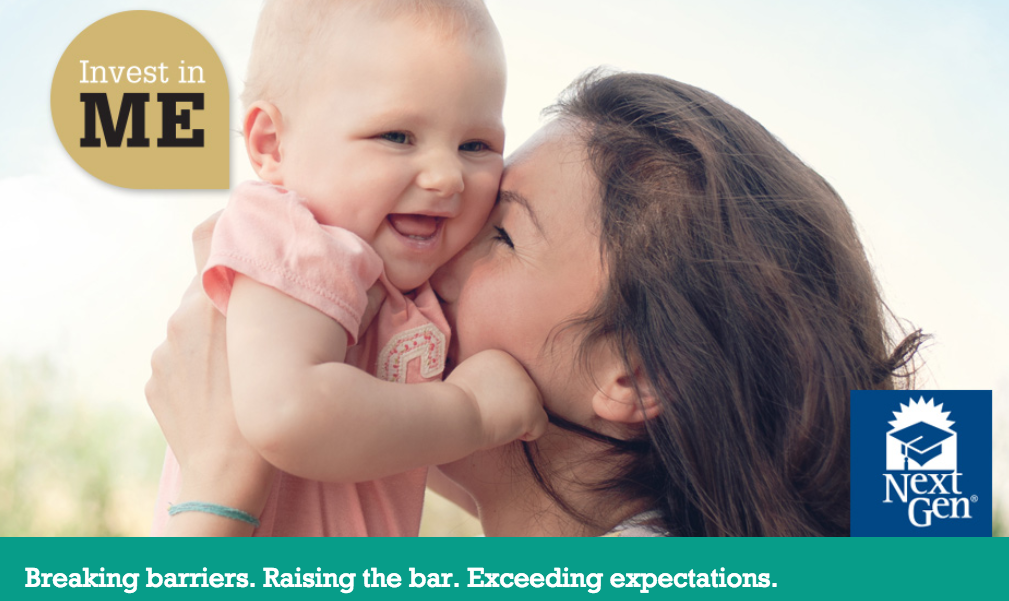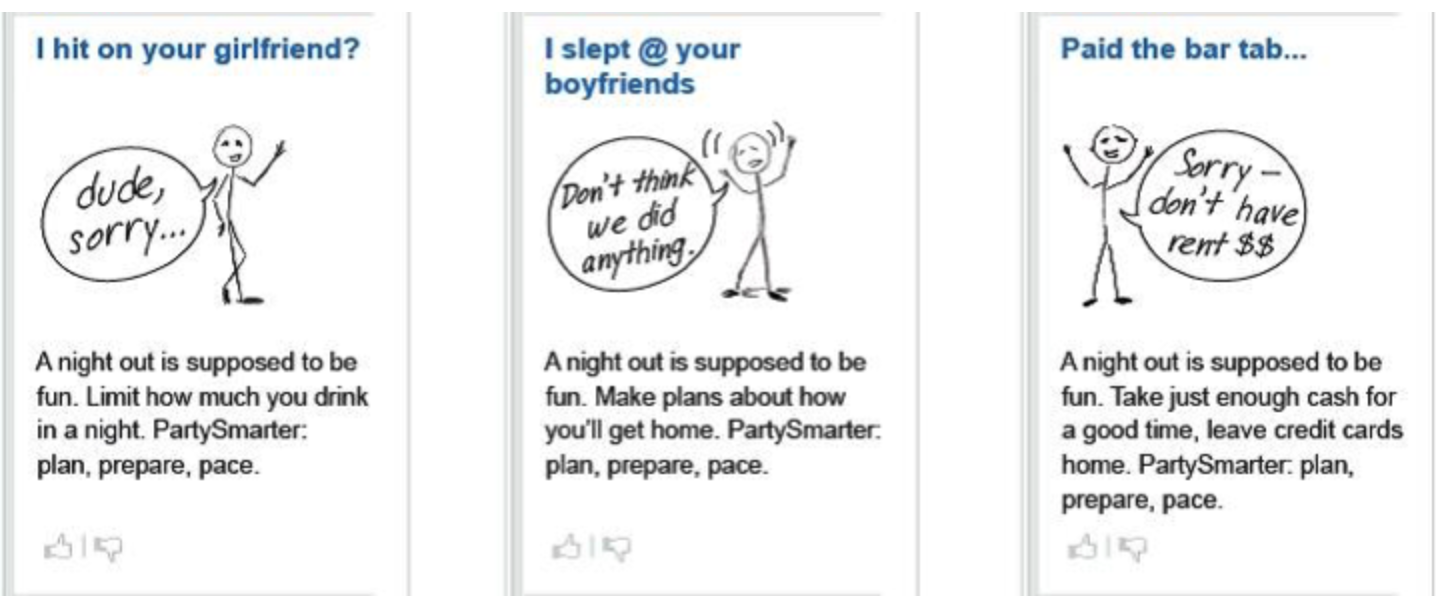
Categories:
While relationship experts might tell you people can’t (or won’t) change, marketing research tells us just the opposite. In fact, there is an entire sector of marketing devoted entirely to inspiring change. It’s called Behavior Change Marketing, or sometimes, Social Marketing (not be confused with Social Media Marketing).
Behavior Change Marketing borrows from the tenants of psychology, sociology, and communications theory to develop strategies for convincing target audiences to not only change their mind, but also change their behavior. It’s a tough job, arguably even more difficult than selling products or services, but with an integrated, multi-platform approach, the results can be pretty impressive.
For example – have you ever hummed the Happy Birthday song, or sang it to your kids while washing your hands? Yep – you were the target of a CDC campaign to encourage proper (i.e. longer) hand washing.
Or maybe you remember those “truth” ads, where teenagers filled the streets with body bags to show how many people die from cigarette usage in a year. Well, guess what? Cigarette usage among teens has dropped from 23% in 2000, to only 7% today. That’s real change!
So how can you convince your target audience to change? Here are 8 expert tips to build an effective Behavior Change Marketing campaign.
1. Identify Your Audience (and be specific!)
Before you can change anyone’s mind, you need to know exactly whom you’re talking to. “People” is not a target audience. Neither is “women” nor “teenagers.” Different types of people are influenced in very different ways, which is why the most effective behavior change campaigns have VERY segmented audiences.
For example, involved grandparents of young children born in Maine.

2. Do Your Research (no, really – actual research)
Your target audience is (usually) not you. You may think you know them – but do you really? One of the most important pieces of Behavior Change Marketing is having a deep understanding of your target audience. How they think, feel, act…where they hang out, how they talk, who they trust, etc. Don’t assume – do your research. In-depth quantitative and qualitative research is critical in developing an effective behavior change campaign.
3. Outline Your Approach (different strokes for different folks)
When it comes right down to it, Behavior Change Marketing isn’t entirely different from traditional marketing, in which we attempt to convince people to buy a product or service. Behavior Change Marketing is also transactional, but instead of goods we barter with behaviors. Before you can make someone change their behavior, you need to uncover what’s in it for them. What matters to them enough to change the way they act? Research tells us that this is different for different audiences.
For example, younger audiences tend to respond better to social consequences, rather than physical ones. So if the goal is to prevent young adults from drinking excessively – instead of telling them how alcohol affects their health, tell them how it could impact their social life.

4. Change the Perception; Change the Game
As a rule, most audiences tend to respond best to behavior changes that seem fun, easy and popular. This is why so many teenagers have abandoned Facebook in favor of the simplistic, goofy, and increasingly popular social media platform, Snapchat. In order to affect behavior change you need to alter the perception of the desired action (or inaction). If the goal is to recruit those teenagers back over to Facebook (or away from social media in general), we need to convince them there is a fun, easy, and wicked cool reason to do so.
5. Find the Barriers (then crush ‘em)
Once you’ve identified and researched your audience, and come up with a plan to make your new behavior fun, easy, and popular, it’s time to uncover why your audience hasn’t already made a change. What are the barriers preventing them from adopting a new behavior, or abandoning a negative one.
For example, most healthy eating campaigns aren’t about convincing people that fast foods are bad for you (duh!), or that poor eating will lead to poor health (double duh!). What the campaigns are really about is giving people the tools they need to change the way they eat…things like meal plans, recipes, and shopping tips. Other times, the best intervention is an actual intervention (not just information). Consider why Irving stores started selling bananas. It was a money-maker for them, but it also played into the fact that for many rural or low-income people, the local Irving store is where they grocery shop.
6. Encourage Baby Steps (there is no quick fix)
Another important consideration in Behavior Change Marketing is to start small, and proceed with baby steps. Convincing someone to save 10% of his or her income for retirement is a steep hill to scale. Instead, try convincing them first to open a 401k, then contribute just a couple percent – and eventually, up that amount by 1% a year. By breaking the larger task into smaller parts, we make an insurmountable behavior change feel possible.
7. Dig Deeper than Your Tagline (an integrated approach works best)
If only behavior change were as easy as a clever tagline, copywriters would be rich! Unfortunately, it’s not so simple. Coming up with the right message is a big part of behavior change marketing – but it’s just a part. Inciting change requires an integrated approach that includes digital, traditional, and interactive tools. Social media, video, direct mail, and experiential marketing all play a part in giving the target audience the knowledge, will and skill to change. Read more about the power of digital tools in Behavior Change Marketing.
8. Make Sure to Measure (and then measure again)
The final step in creating a successful Behavior Change Marketing campaign is to measure results. But don’t wait until you’re done to start tracking results. Behavior Change campaigns must be nimble in order to be effective. Measure before you start and as you go so that you’re able to gauge which tactics and messages are working, and which fall flat. It’s ok to be wrong – but it’s not ok to be wrong and not know it. Measure once, measure twice, optimize, and measure again.
Behavior Change Marketing doesn’t happen overnight. It’s not easy, and it takes time to see results. But it IS possible, and with the right tools, the results can be more gratifying than a simple sale ever could.
About Ethos
Ethos is a multiplatform branding and behavior change marketing agency that develops and executes integrated campaigns across multiple channels for organizations inside and outside Maine.
At Ethos, we believe that the most effective way to set an organization’s marketing course is by finding its core truth – its ethos. We know that once we discover and communicate that core truth, we can truly make a difference to each client’s unique marketing and business objectives.
With Ethos, you get more than a behavior change marketing agency. You get a long-term partner whose goals are your goals.
Learn more about the Ethos approach and the work we’ve done for our clients. Want to have a conversation about your brand’s core truth? Contact us!

